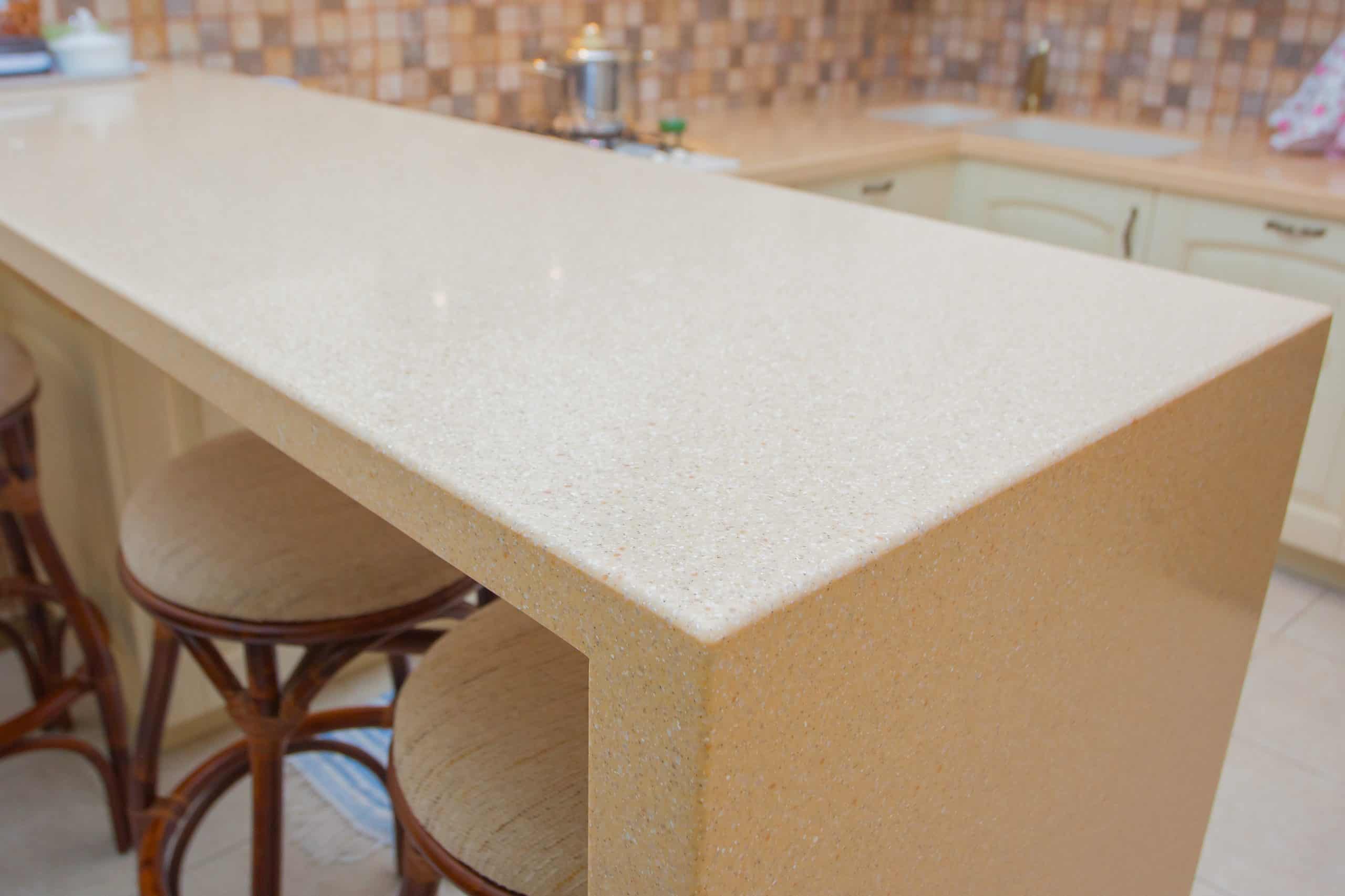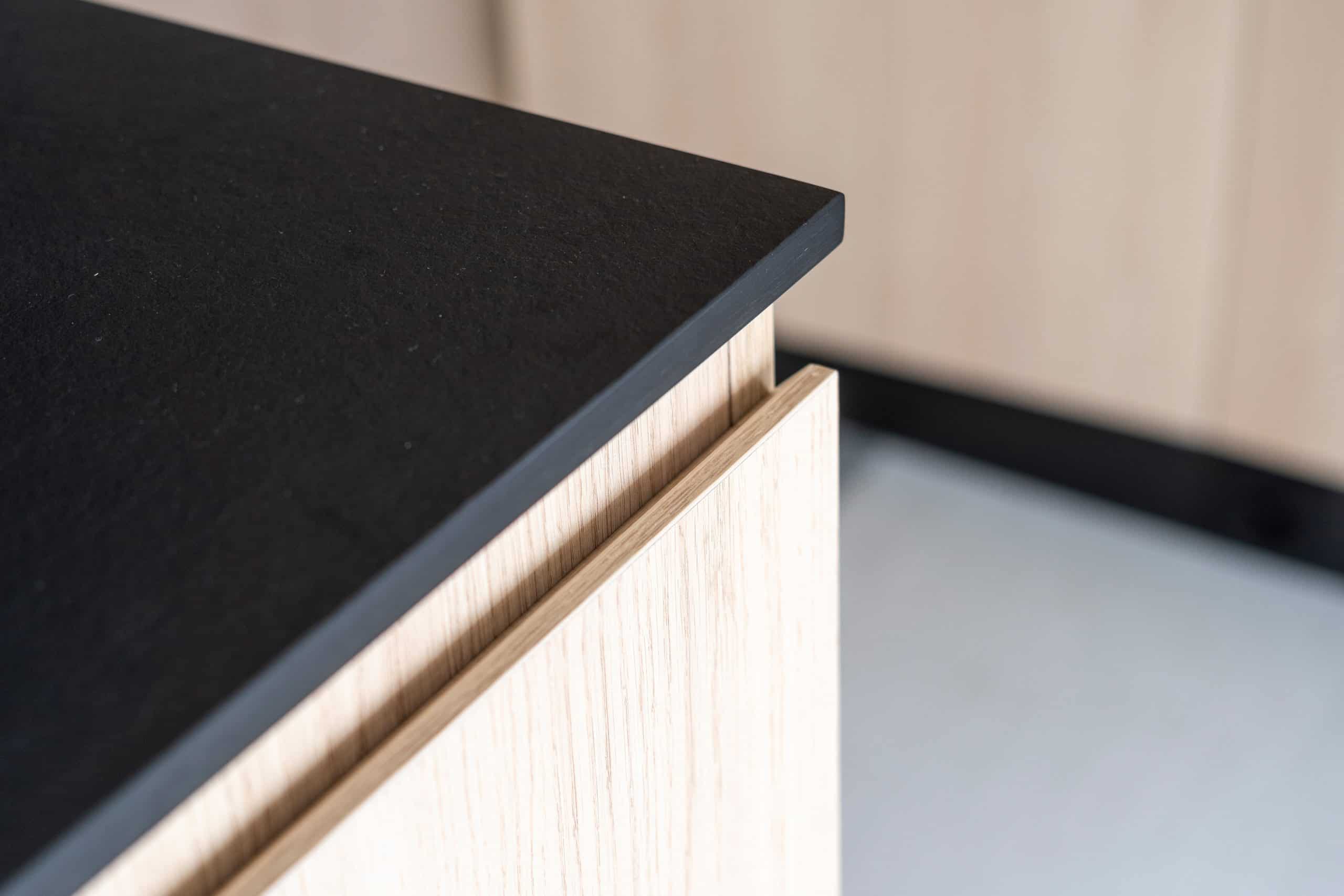Is your cherished stone looking lackluster? Diamond Stone Restoration Corp, serving New York City, restores the inherent beauty of your stone surfaces. We refresh your marble, granite, and other natural stones, making them the centerpiece of your space Sutton Place, NY.

Hear from Our Customers

Our determination to restore the natural allure of your stone surfaces stems from our deep understanding of the architectural heritage of New York City. We recognize the diverse styles found throughout the region and adapt our methods to suit each project. Our team skillfully blends time-tested techniques with cutting-edge technology, guaranteeing superior results. We believe in a collaborative approach, working closely with you to understand your vision and deliver exceptional service. Our unwavering attachment to quality craftsmanship and client satisfaction distinguishes us as a premier stone restoration provider in New York City.


Ready to get started?
Natural stone possesses an inherent charm that uplifts any space. However, time and use can diminish its luster. Stone restoration is the key to unlocking that hidden brilliance, revealing the stone’s true character. We approach each project with a deep respect for the material and our will to preserve its integrity. We understand the unique challenges presented by NY’s environment and personalize our techniques accordingly. Call Diamond Stone Restoration Corp, and let us help you rediscover the natural beauty of your stone.

The street that became York Avenue and Sutton Place was proposed as an addition to the Commissioners’ Plan of 1811 for Manhattan, which designated 12 broad north-south avenues running the length of the island. The geography of Manhattan left a large area on the Upper East Side east of First Avenue without a major north-south thoroughfare, so Avenue A was added to compensate. Sutton Place, the name that applied to the whole street at the time, was originally one of several disconnected stretches of Avenue A built where space allowed, east of First Avenue.
In 1875, Effingham B. Sutton constructed a group of brownstones between 57th and 58th Streets. The earliest source found by The New York Times using the term Sutton Place dates to 1883. At that time, the New York City Board of Aldermen approved a petition to change the name from “Avenue A” to “Sutton Place”, covering the blocks between 57th and 60th Streets. The block between 59th and 60th Streets is now considered a part of York Avenue.
Sutton Place first became fashionable around 1920, when several wealthy socialites, including Anne Harriman Vanderbilt and Anne Morgan, built townhouses on the eastern side of the street, overlooking the East River. Both townhouses were designed by Mott B. Schmidt, launching a career that included many houses for the wealthy. Very shortly thereafter, developers started to build grand co-operative apartment houses on Sutton Place and Sutton Place South, including several designed by Rosario Candela. Development came to an abrupt halt with the Great Depression, and the luxury apartment buildings on the lower part of Sutton Place South (below 57th Street) and the northernmost part of Sutton Place (adjacent to the Queensboro Bridge) were not developed until the 1940s and 1950s.
Learn more about Sutton Place.Local Resources
Useful Links
Ready To Restore The Beauty Inside Your Stone?
Contact us today!
Diamond Stone Restorations Corp
Company
Support
Useful Links